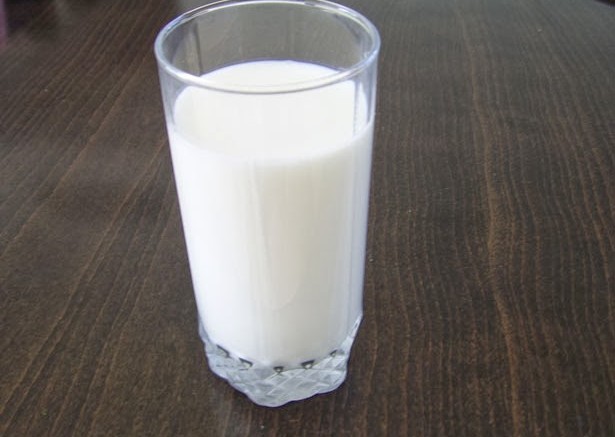Of all the foods I’ve recently learned are probiotic, the one that’s interested me most is kefir. The health claims go WAY beyond the standard (and already pretty dang impressive!) benefits of probiotic microorganisms, and are pretty tailor made to address some specific health issues running through our family. (This site has a list of nearly 80 (EIGHTY!) conditions that kefir is purported to help with like lowering blood sugar, blood pressure and cholesterol levels, as well as fighting cancer, aiding digestive problems and even clearing up acne!) If even a fraction of the claims are true, this is some potent, potent liquid!
So, what the heck is it?
A popular European beverage, kefir’s main ingredient is kefir grains and they come in one of two forms: milk kefir or water kefir. Unsurprisingly, milk kefir grains are made from fermented milk while water kefir grains are made from fermented sugar. They’re reusable, too, and can even grow with each batch of kefir you make, which you can then re-use or share with friends and family to start their own batch of kefir. Properly cared for, much like sourdough starters, kefir grains can last a lifetime.
Although both versions of kefir (milk and water) are very healthy, and have similar benefits, people with insulin or blood sugar issues are supposed to do better with the milk version, so that’s the one that most interests me. I was gestational diabetic with my son, have polycystic ovarian syndrome and my family tree is riddled with diabetes. This doesn’t bode well for possibly developing full blown diabetes if I’m not careful.
The research on kefir looks promising, though.
Made from simply adding kefir grains to milk (goat, sheep or cow’s) and then letting it ferment, it’s both easy to make at home and boasts an enormous list of benefits. Aside from many live probiotic cultures (some sites say between 30 and 50 different cultures can be present, such as lactobacilli and bifidus bacteria), there are many other nutritious components: perfect proteins, folic acid, vitamins A, B and K, lactic acid, calcium, phosphorous, antioxidants and more.
And, apparently, even people with lactose intolerance can drink kefir because the starter breaks down the lactose in the milk. That works well for two of my four kids!
The taste is described either as a yogurt-like drink, or as tart with a slight taste of alcohol. It’s used in smoothies and dressings and other such recipes, though it’s also consumed straight. A lot of countries flavor the drink with fruit, too, or use it in sauces. As with all live foods, though, be careful not to heat it too much. . .or all the good bacteria and healthy cultures will die.
Sounds easy, doesn’t it? I’m eager to see what the benefits will be to my family.
Guess this means I am on the hunt for some milk kefir grains in the morning!
(photo courtesy of publicdomainpictures.net and can be found here)






Be the first to comment on "Kefir: Probiotic Food"